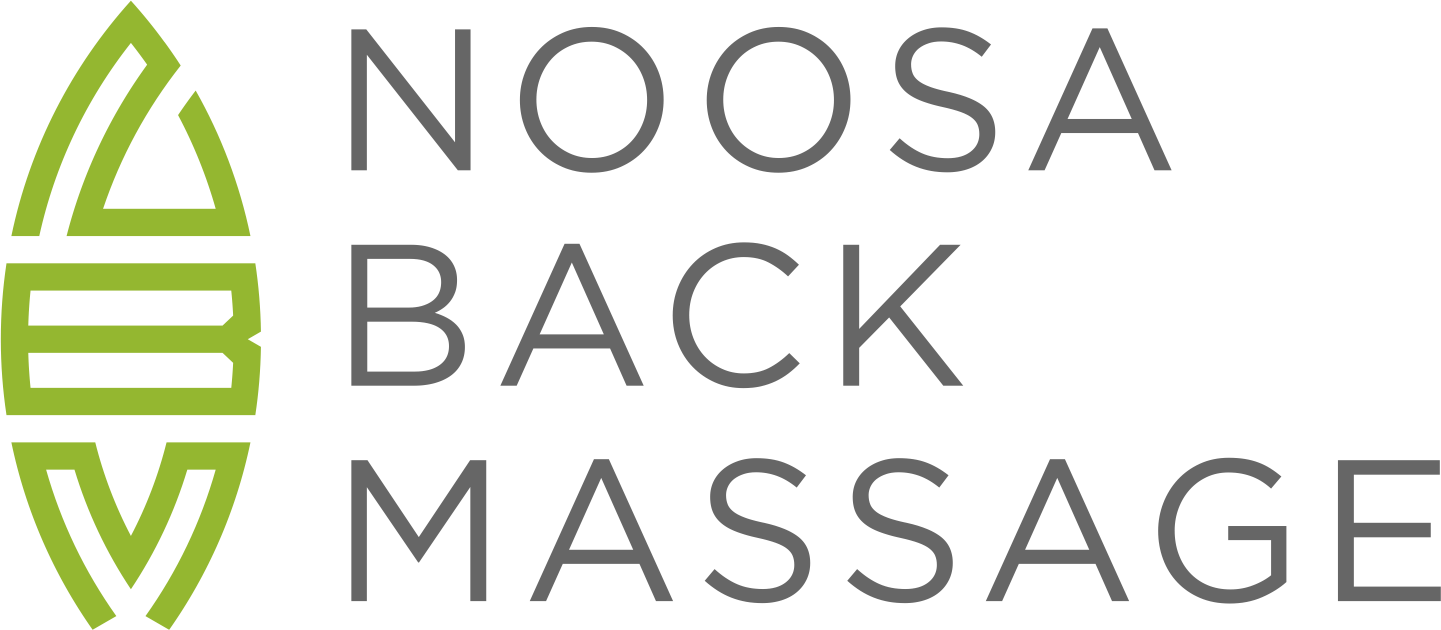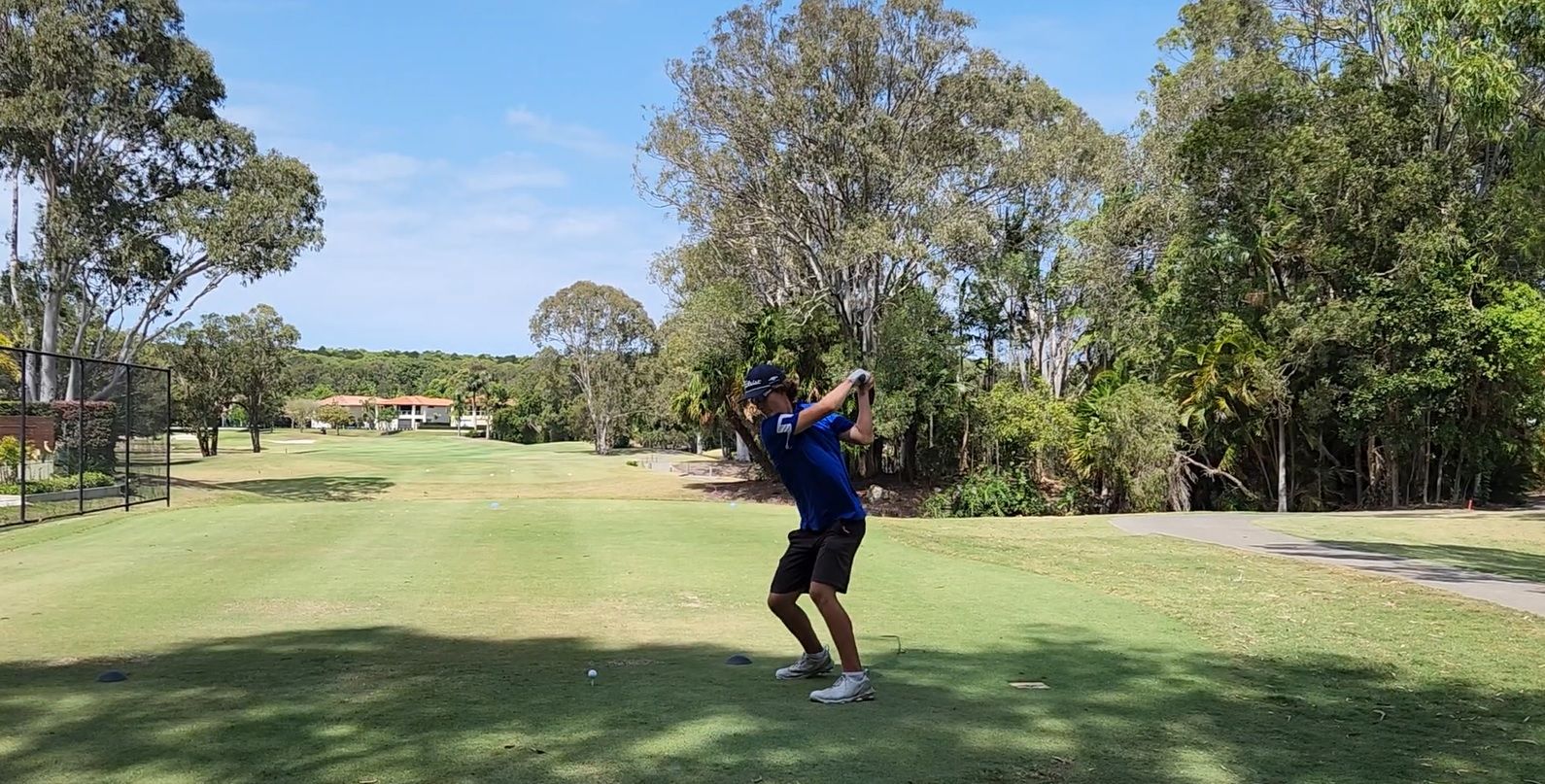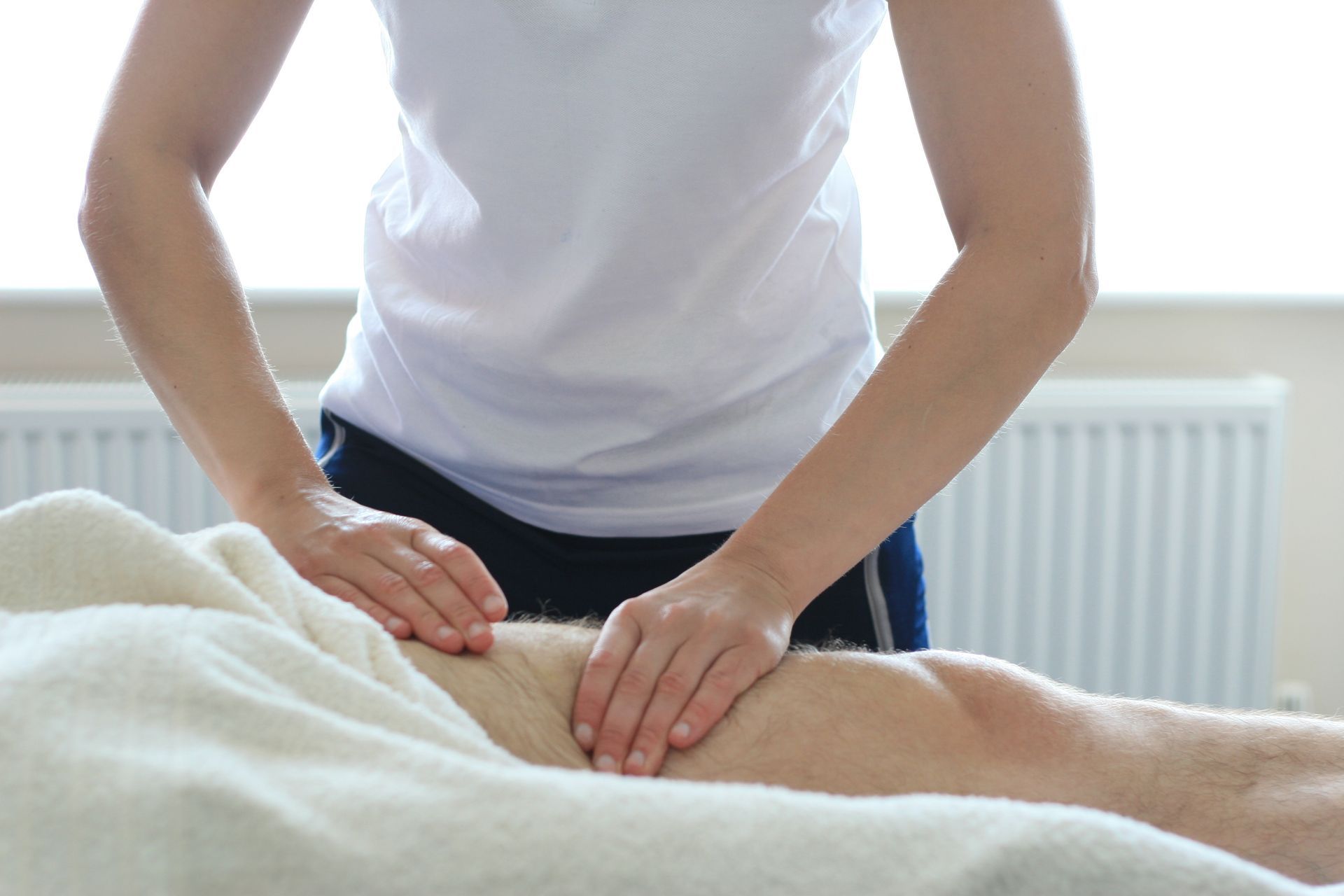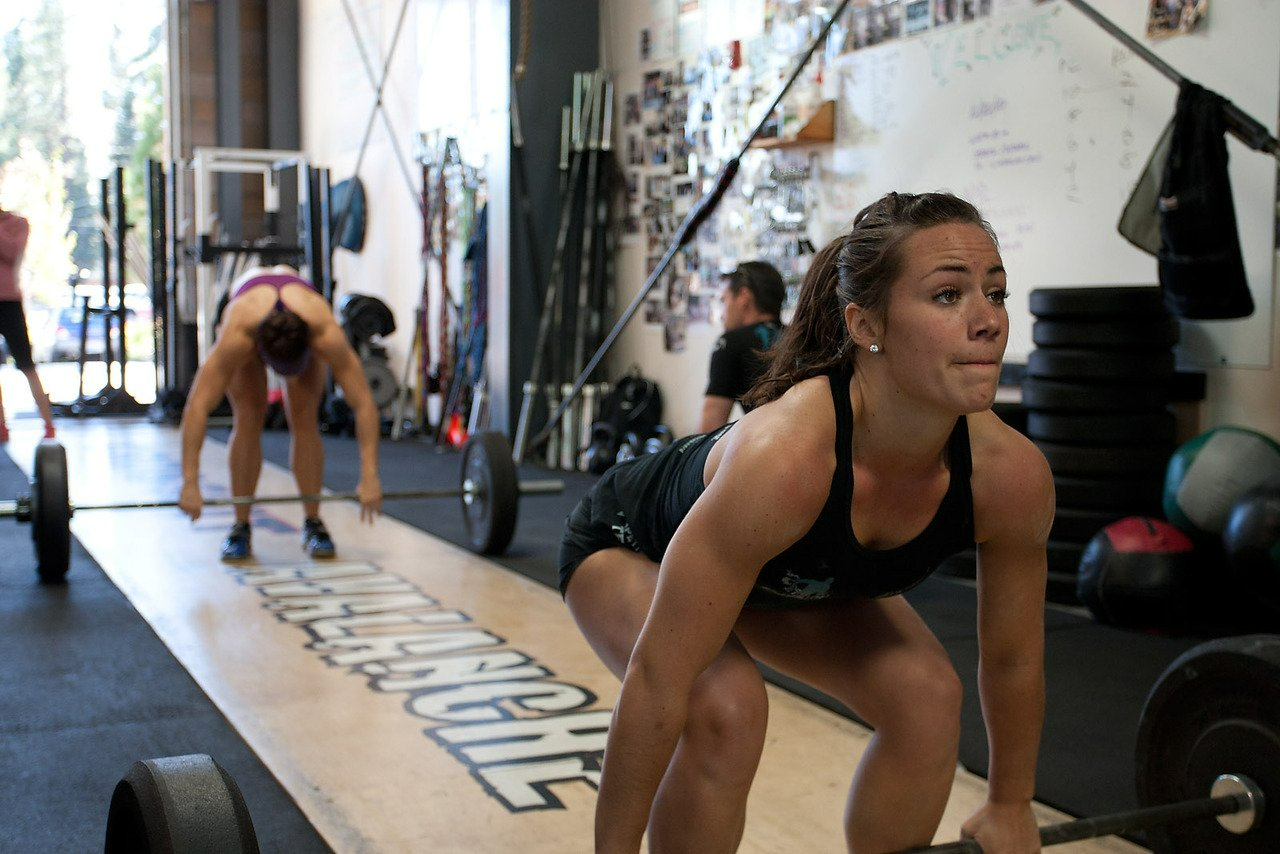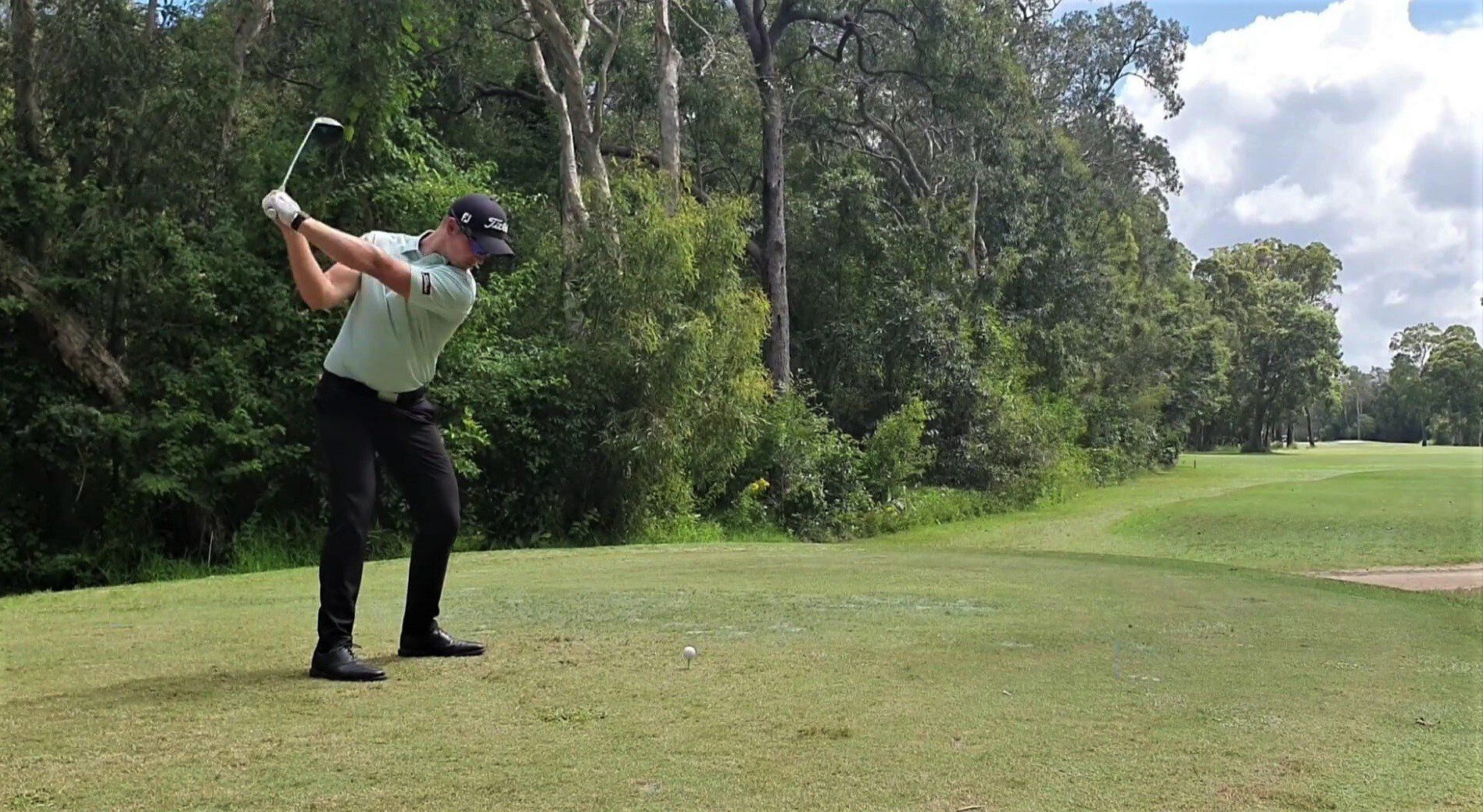Why Posture Is So Important
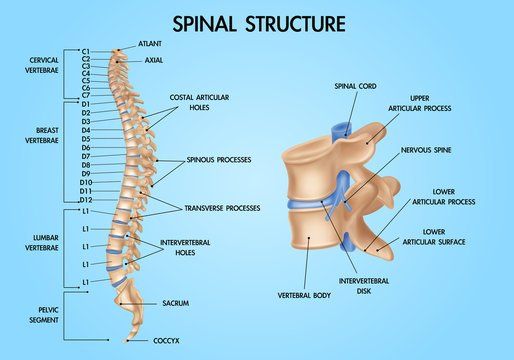
Look at this side view of the human spine. Those three natural curves you see, together with the discs in between the vertebrae (in blue) all work to help absorb the “shocks” of everyday life.
Over time, jobs or tasks that require bending forward all day (in addition to the 3’000 – 5’000 times a day we ordinarily bend forward) help decrease these natural curves, resulting in more stress being placed on the back side of ligament and joints of the upper (cervical) and lower (lumbar) spine.
Basically, as we reach middle age, years of straining the normal tissue from slouching eventually decreases structural stability, wearing down the ligaments and leading to problems in your neck and back.
Prevalence of Pain
Studies show that 90% of the population experience spinal problems at least once in their lifetime. Many people have neck and back pain, but it is not always isolated to those regions. The pain can also travel into arms or head/eyes as well as radiate into the gluts, groin, hip and legs/feet. Each episode of back stiffness and pain can become progressively worse and last longer and travel farther from its origin.
If you fail to stop the cycle and figure out the cause of each episode, accumulation of damage to structures can lead to eventual failure of the spinal structures. At this stage, you will need more extensive intervention with spine doctors, pain management, or possibly a surgeon. If the symptoms were addressed early, 95% of herniated disc patients would NOT require surgery (allegedly.)
What You Can Do Right Now
Sit up straight! Seriously, sit up straight and you should instantly feel how much less strain is being put on your spine. Developing awareness around this feeling is very important. If you sit or bend too often or for too long a period of time, bend in the opposite direction to balance the stresses out and relieve muscle tension.
Overall, you need to maintain good posture throughout your daily activities. If you start to feel sore or stiff, change your posture and modify your body mechanics. Learn to pay special attention to how you’re feeling and listen to your body. Interpret even slight pain as a signal that your body mechanics are improperly aligned.
Stretching Exercises To Do At Your Desk
1. Shoulder rolls backwards x 10
2. Shoulder blade squeeze x 10
3. Chin in x 10
4. Chin in & slowly stretch head back x 10
5. Head turn over shoulders x 10 each way
6. Standing back bend stretch x 10
7. When sitting, arch your back 5 to 10 times if you feel stiff. Repeat two to three times a day (or more often if you are sore).
Ergonomic Tips
Use your postural muscles; don’t just wear them. Think chest out, chin in, stomach tight with standing, walking, lifting and bending.
Standing: Keep one foot in front of and more elevated than the other when working in a cupboard, ironing, washing dishes, or even standing at work.
Sitting: Use a lumbar support in your car or office chair or adjust the seat to upright. Sitting up straight puts the least amount of stress on the spine. It may take more muscular and mental effort but your back will thank you for your new awareness!
Bending: Use golfer’s lift or ½ kneeling position when putting dishes in dishwasher, getting laundry out of washer, putting groceries into the trunk, etc.
Lifting: Keep the object being lifted close to you; get down under it.
Sleeping: Get into a neutral position, either on your back (use 1 pillow) or side (use 1 pillow). Avoid lying on your stomach if you have neck pain. When lying on your side, make sure your head is positioned such that you are looking ahead, not down at your feet. Contour pillows are good to use (though they take some time to get used to), or you can use pillows that incorporate a cervical roll.
Driving: Stay upright with your head against the headrest and straighten arms out to keep shoulders back. Tilt the rearview mirror a bit toward the roof so that an upright posture is necessary to maintain the total field of vision in the mirror.
Using a computer: Your screen should be positioned at eye level, with your head back and chin in. Sit back in your chair and use a lumbar roll.
Reading: Don’t read too much in bed. Often, too much head flexion is created if pillows are bunched up behind the head. Instead, sit with your back against the headboard or in a chair next to the bed.
Gardening: Avoid marathon gardening sessions. Half kneel or squat while you’re working and take frequent breaks.
Cleaning: When possible, half kneel or squat to keep spine in a neutral position.
Watching television: Sit up straight in the chair or on your couch. Don’t slouch. Get up periodically and walk around.
At Noosa Back Massage we are specialized in treating back and neck problems in patients of all ages. If you have questions concerning posture or indeed problems with your back, feel free to give us a call.
Have a great day! – Åsa
Feel Better. Move Better. Live Better.
Share



